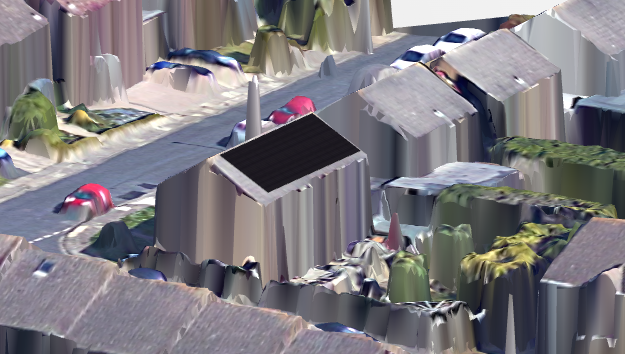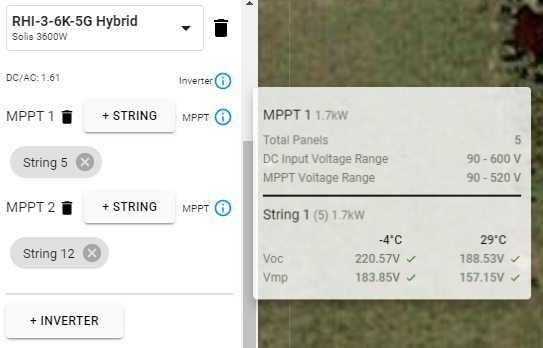How does Leoht estimate the amount of electricity that your home could generate
What is the process for getting solar panels installed?
Let’s look at the step by step process.
How many solar panels do I need? Most domestic installations fall between 6 – 24 solar panels. You will need 10 solar panels to generate the equivalent amount of electricity that an average home uses per year. You are not...
https://www.youtube.com/embed/dCZtDnsusrY Solar panels generate electricity by using the photovoltaic effect. In 1921, Albert Einstein won his first and only Nobel prize for his work on describing the photoelectric effect. Light (a beam of particles) knocks loose electrons from the solar...
https://www.youtube.com/embed/Y2NpLWWsNDw Scaffolding To allow access to work on the roof safely, a scaffold needs to be put in place. Where possible our roof access contractors can use harnesses that replaces the need for scaffolding on particular roof types. Measuring and...
https://www.youtube.com/embed/Bhwg1OOKRSY In 1921, Albert Einstein won his first and only Nobel prize for his work on describing the photoelectric effect. Light (a beam of particles) knocks loose electrons from the solar cell, the solar cell then directs these electrons along...



Click ‘schedule a home visit’ on the right of your unique proposal page.
Your home visit will check the suitability of your property and finalise the design of the system with you.
Once you are happy with the design, click ‘Accept proposal’.
You could have your installation up and running within 3-4 weeks!
One for the zoom family quiz!
In 1921, Albert Einstein won his first and only Nobel prize for his work on describing the photoelectric effect.
In a nutshell, light (a beam of particles) knocks off electrons from the solar cell; the solar cells direct these electrons along a current – creating electricity. In theory, solar panels could last forever as there are no moving parts.
Solar power panel efficiency has increased significantly over the last ten years so you might be surprised at how much electricity even a small roof could generate.
The smallest system we would recommend would be 9 x 380W panels, covering an area of 17 square meters. (4m x 4.25m).
No. It’s a common myth. Whilst south facing is the most optimum facing position, as a rule of thumb – an identical East or West facing roof would generate 85% as much energy as the south-facing roof.
You may prefer to have an east and west facing roof than the south and north-facing roof as you could fit twice as many electric residential solar panels on the east/west roof than just south facing.
Even a North facing roof will generate approx 55% as much energy as a south-facing roof. For example, a 20 year old 10% efficient south-facing solar panel would generate approximately the same amount of energy as a modern north-facing solar panel.
The installation of solar panels on residential buildings are considered permitted development so you do not require planning permission if they comply with the following conditions.
There are necessary limits and conditions which must be complied with to benefit from permitted development rights.
Feel free to reach out to us to buy solar panels in the UK & switch to a sustainable lifestyle. Give us a call at 01273 286 627 and request for a free design and quote.
The district network operator (DNO) is the company responsible for distributing electricity from the national grid to your home. Installers must inform the DNO of your installation within 28 days after the date of installation. Leoht will handle this for you.
You do not require permission for systems under 16 amps per phase (3.68kW single-phase or 11.04kW three-phase supply). All of the residential solar panel systems that we install fall into this category. System sizes are based on the AC inverter rating rather than the peak DC output of the solar system.
“By following bad advice regarding output limits you could be costing yourself £000’s.”

© Leoht 2024 | All Rights Reserved | Privacy Policy
Website by Think Creative